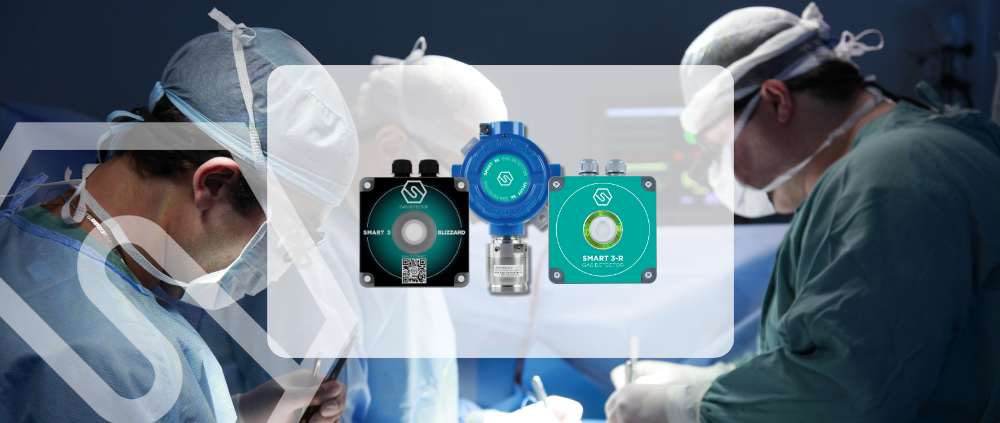In hospitals, safety management is a top priority. Among the many aspects to be monitored, gas detection plays a crucial role: both for the presence of medical gases used in treatment, and for the risk related to possible leaks of combustible or toxic gases. A reliable gas detection system is essential to ensure the safety of patients, healthcare personnel and infrastructure.
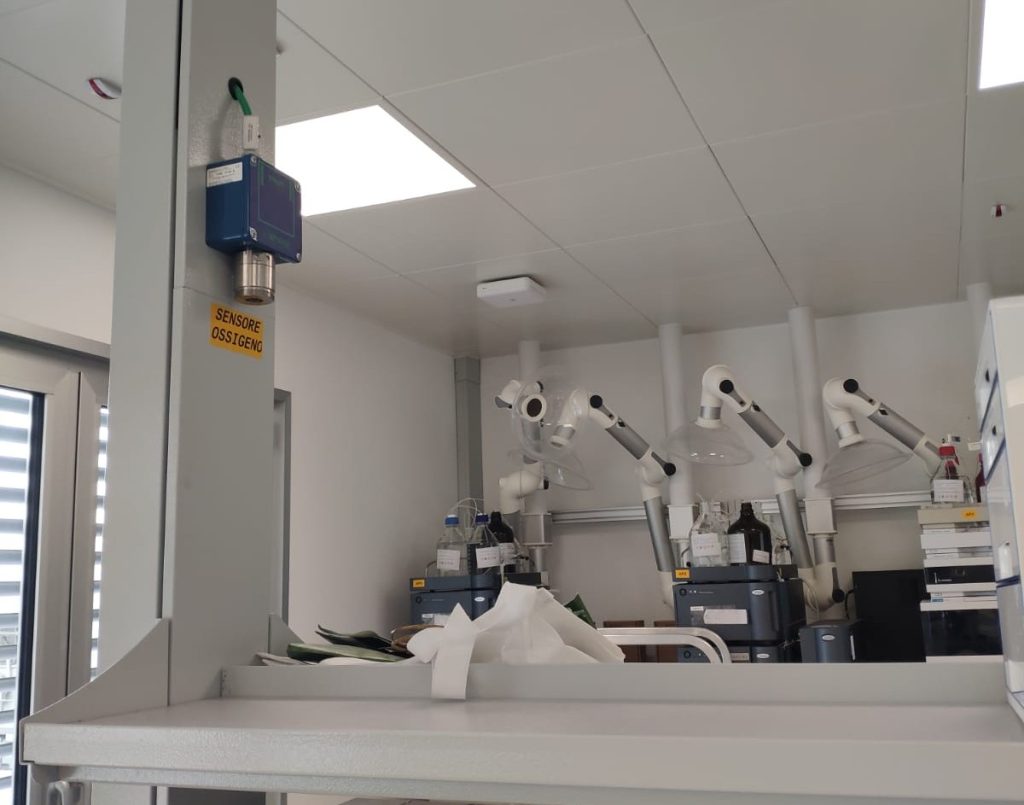
Hospitals and gas detection: which are the most present
Healthcare facilities use a wide range of gases, each with different characteristics and criticalities. Among the most common are:
- Oxygen (O₂) – essential in respiratory therapy, but highly oxidising and therefore dangerous in the presence of flames or sparks.
- Carbon dioxide (CO₂) – used in various medical and surgical applications, but dangerous in high concentrations.
- Methane or LPG – found in hospital kitchens or heating systems, with a high explosive risk in the event of a leak.
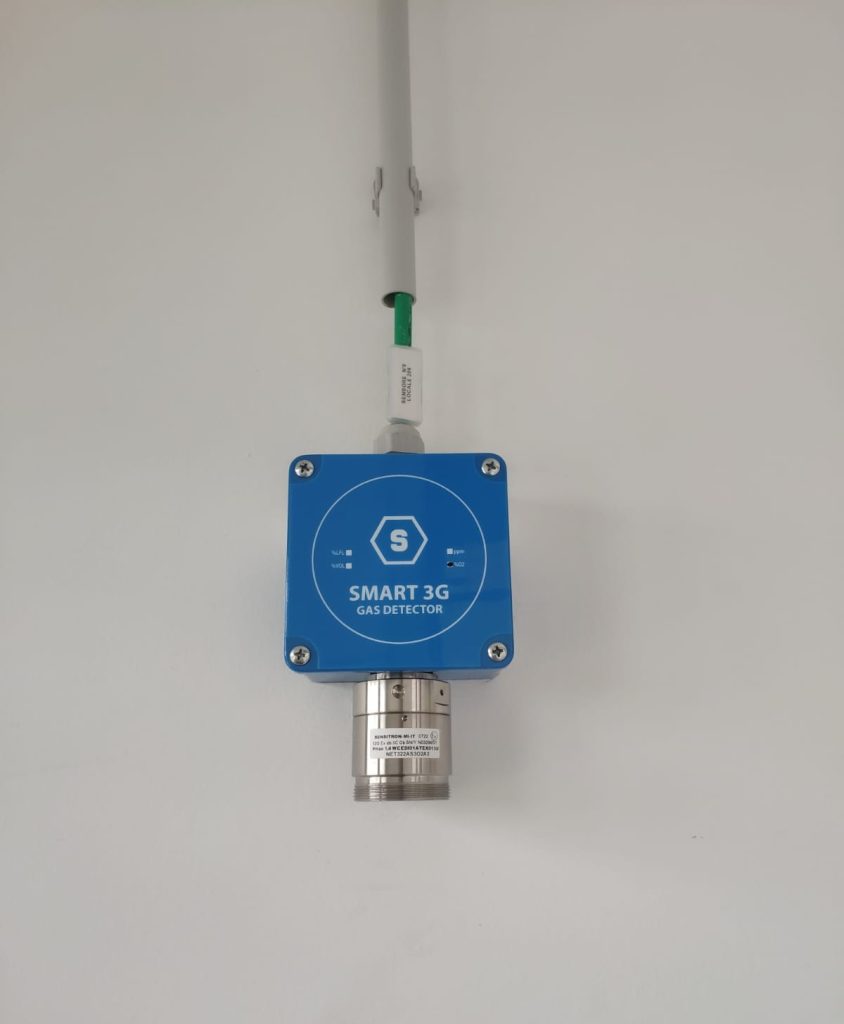
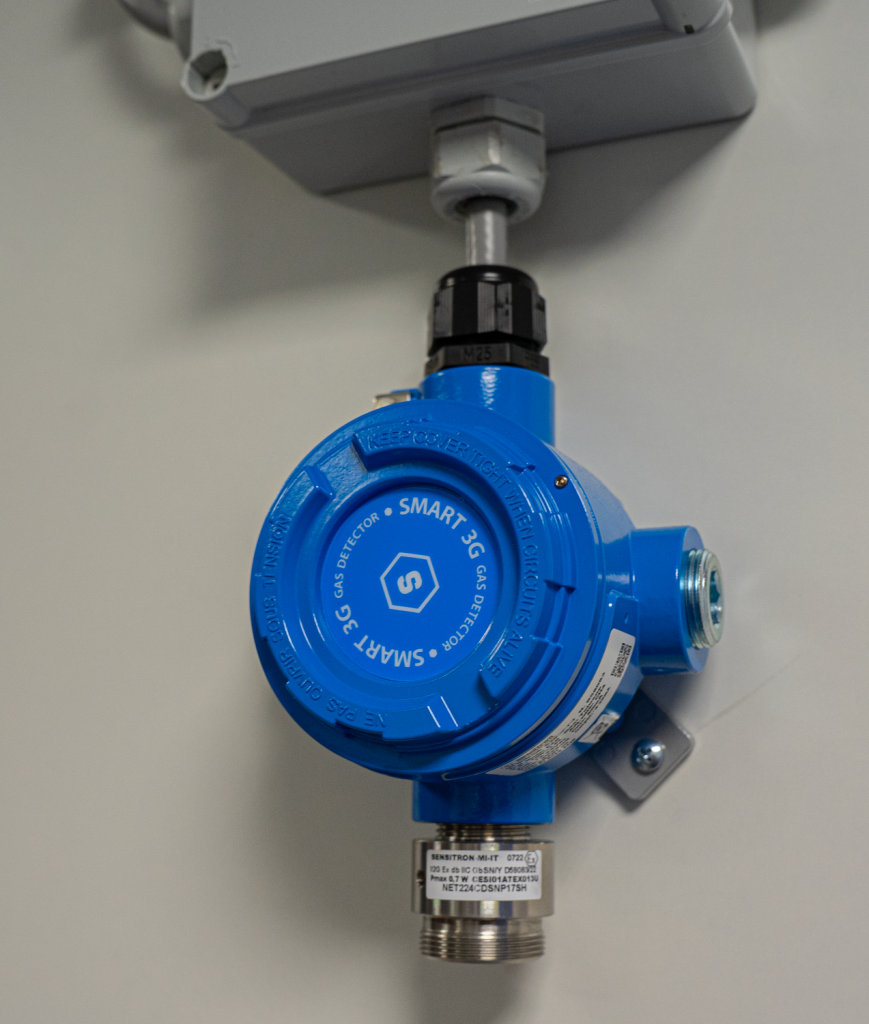
Refrigerant gases inside hospitals
In addition to medical and combustible gases, refrigerant gases are increasingly common in hospitals. These are used in centralized air conditioning systems, in advanced diagnostic equipment such as MRI or CT scans, and in cold rooms intended for the storage of drugs, blood products and biological materials. Refrigerants used may include:
- R134a
- R404A
- R410A
- Ammonia
Detection of these gases is critical for safety and environmental reasons. Some refrigerants, if accidentally released, can cause toxic effects on the body or cause asphyxiation, especially in poorly ventilated environments. In the event of significant leaks, moreover, certain gases can be flammable or explosive. Their potential greenhouse effect should also be considered: in fact, many of them are among the substances regulated by the European Union’s F-Gas Regulation, which restricts their use and imposes control measures.For these reasons, the presence of dedicated refrigerant detection systems is indispensable in technical rooms, thermo-refrigeration plants, laboratories and temperature-controlled areas. Sensors must be chosen according to the type of gas used and installed in strategic locations, taking into account the physical characteristics of the gas itself, such as density and leakage behavior.
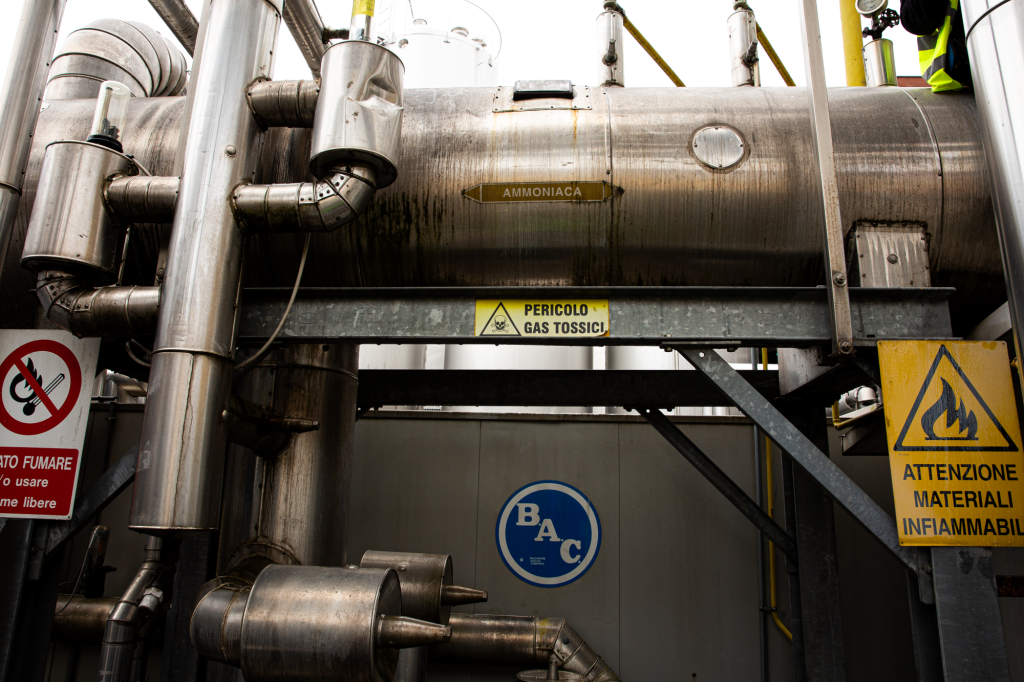
Hospitals: what are the right solutions?
In complex environments such as hospitals, the risk is not only related to the direct use of gases, but also to:
- Accidental leaks from centralized systems or cylinders
- Human errors in valve management
- Malfunctions of ventilation systems
- Gas accumulations in poorly ventilated areas
A gas detection system designed specifically for medical environments enables timely intervention, avoiding dangerous situations and ensuring business continuity.
Hospitals and gas detection: which are the most present
The most effective solutions for gas monitoring in hospitals include:
- Fixed wall-mounted detectors installed in gas stations, operating rooms, patient rooms and technical rooms.
- Modular systems that enable centralized management of multiple detection points.
- Integrated visual and acoustic signaling for early alarms even in noisy environments.
- Control outputs for automatic interruption of gas distribution in the event of an alarm.
Periodic maintenance and regular calibration of instruments are essential to ensure the reliability of the system over time.
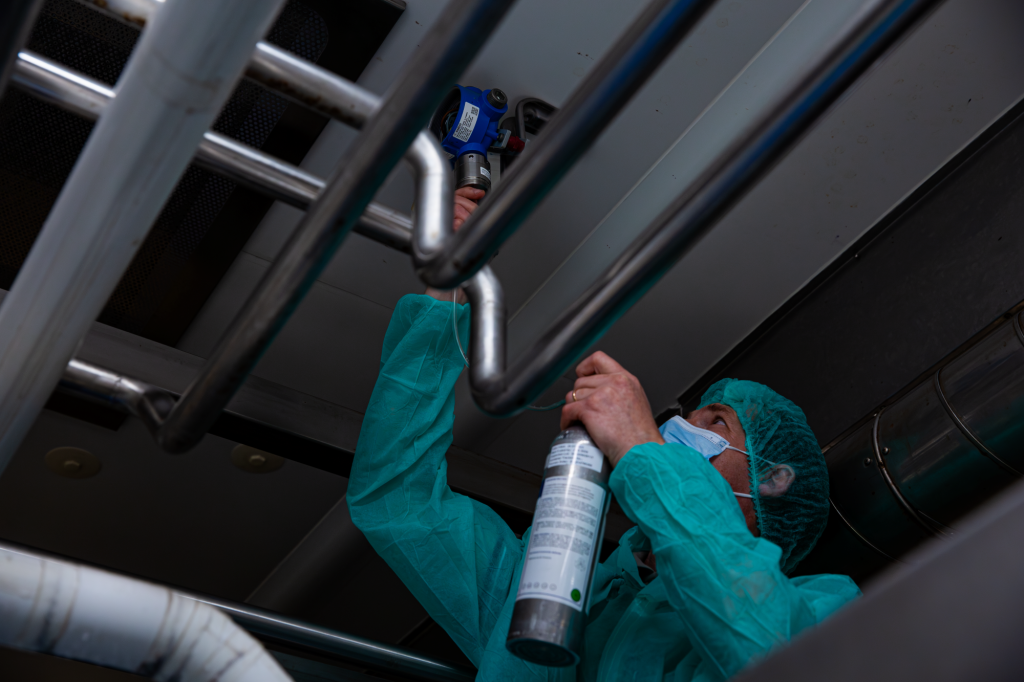
Why rely on Sensitron for gas detection in hospitals
Gas detection in hospital settings is not an optional extra, but a key component in safety management. Choosing detection technologies that are reliable, compliant with regulations, and designed for the healthcare environment means protecting the health of patients and caregivers, reducing risks, and ensuring continuity of care.
Discover our produtcs
Sensitron gas detectors are suitable for use in any application:
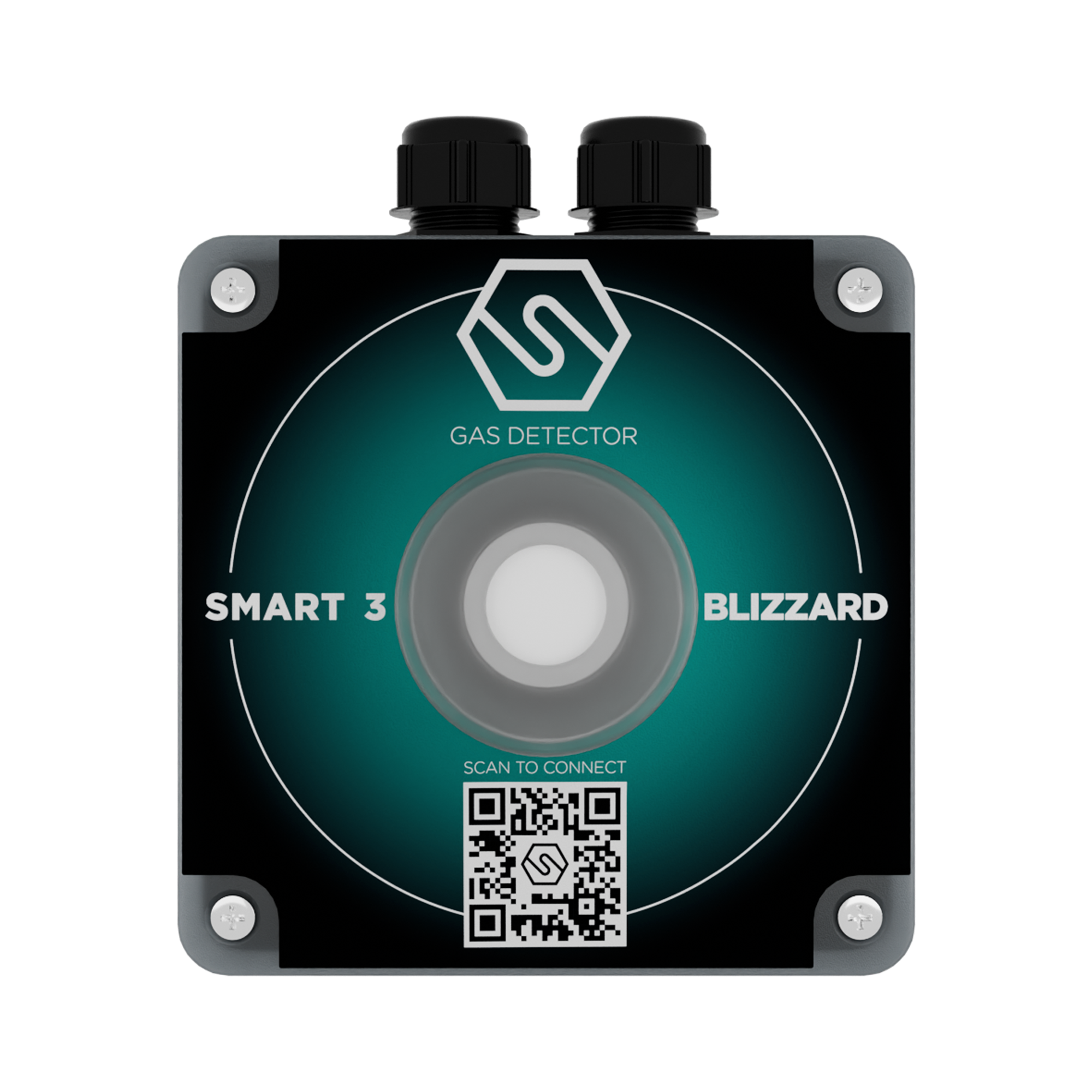
SMART 3 Blizzard
Suitable for detecting the presence of A1 and A2l refrigerant gases in unclassified areas, thanks to its SENSE interface it can be remotely controlled.SIL2 certified, complies with F-gas regulation
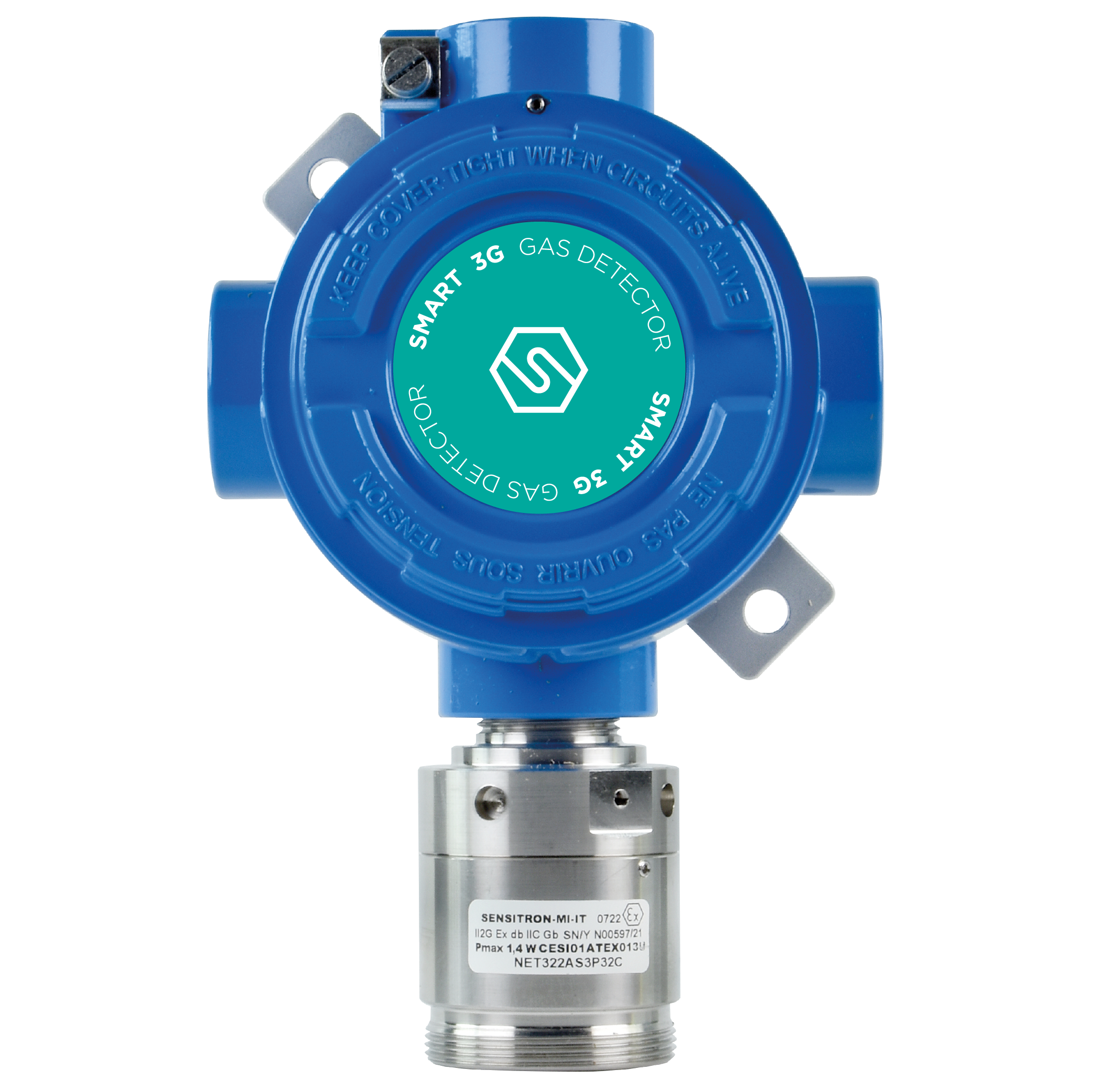
SMART 3G C2
Suitable for detecting, in classified areas, the presence of flammable substances (% LFL), toxic gases in ppm, refrigerant gases or for the detection of oxygen deficiency or excess.

SMART 3 R
The SMART3 R detector enables the detection of explosive, toxic and refrigerant gases in unclassified areas, ideal for machine rooms and light industry. Meets F-gas regulation
Our certifications
Within hazardous environments where strict safety standards must be met, it is important to use products that are certified and in line with regulations. Learn about our certifications:
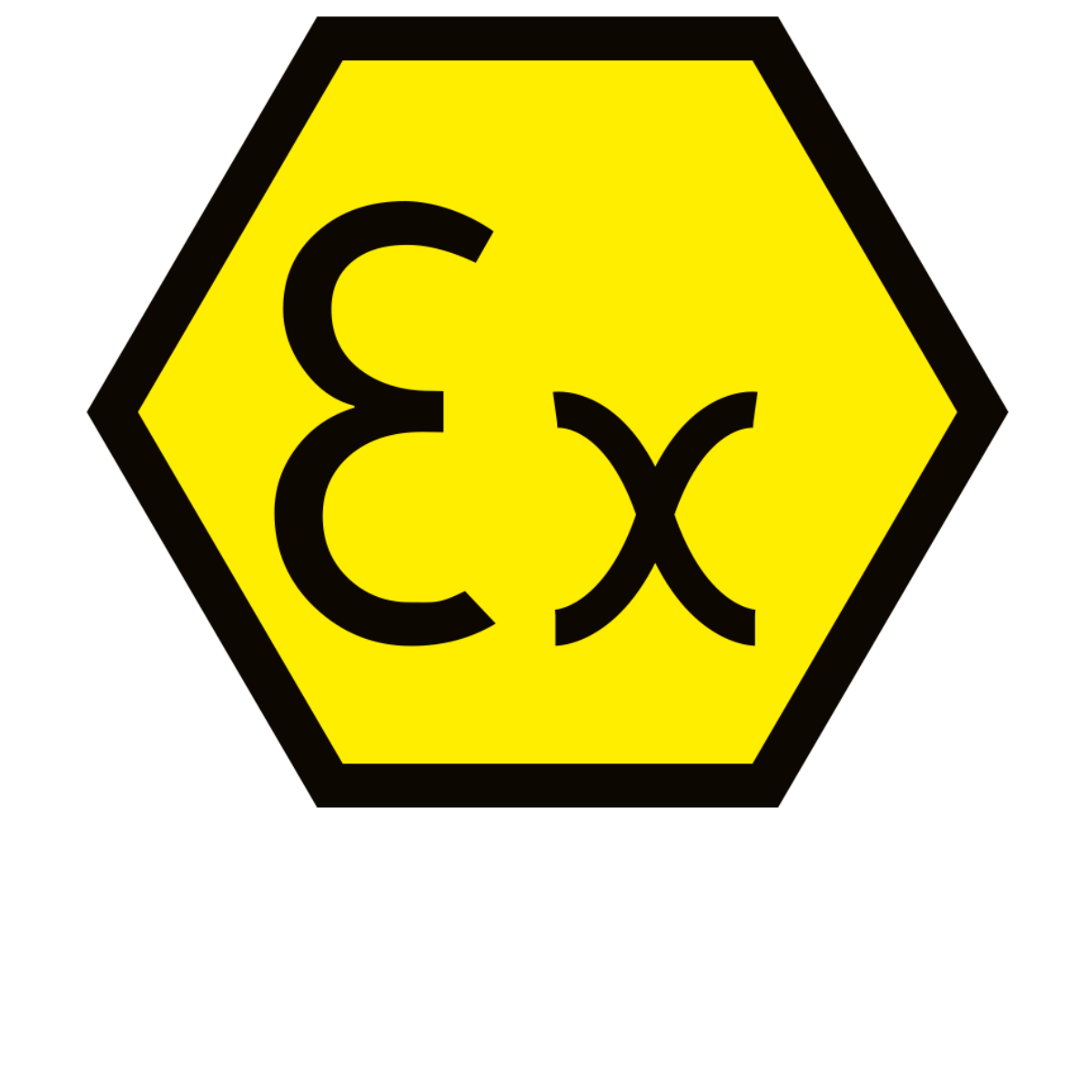
ATEX
The Directive sets out the requirements and assessment of equipment intended for use in potentially explosive atmospheres.
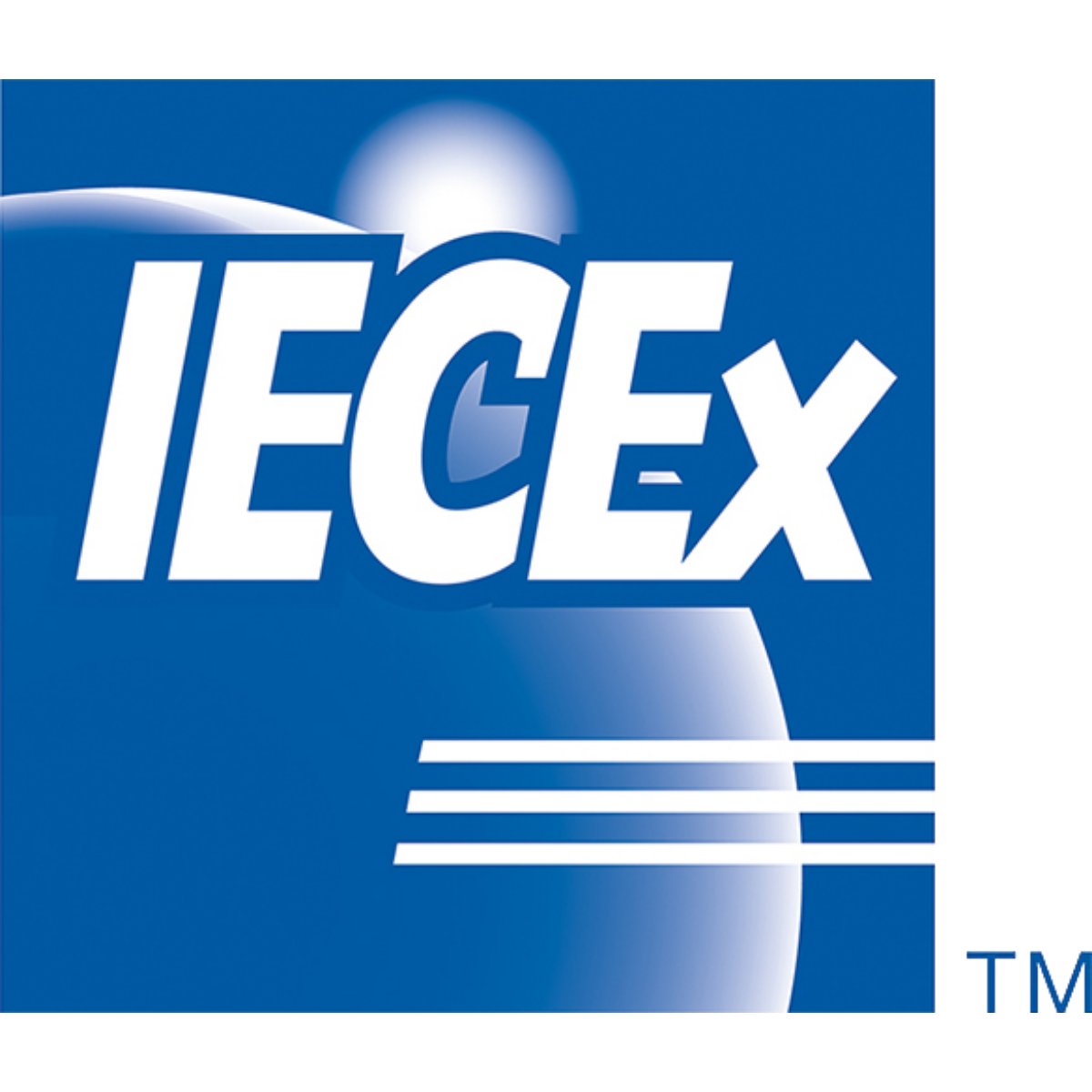
IECEx
The IECEx system is an international certification system. It is developed by the International Electrotechnical Commission.
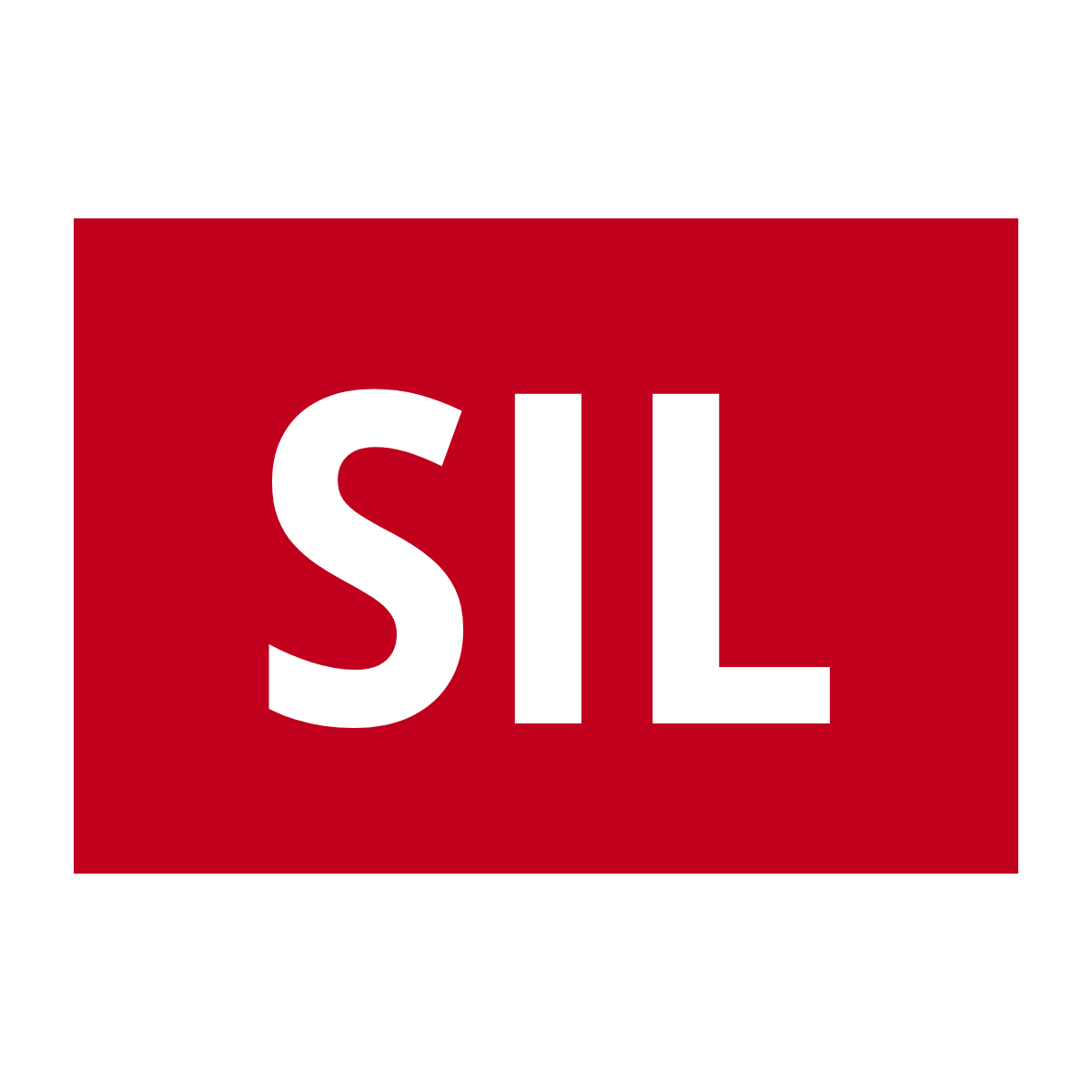
SIL
The Safety Integrity Level (SIL) is the ability to reduce the assessed risk by ensuring the reliability of safety systems.
